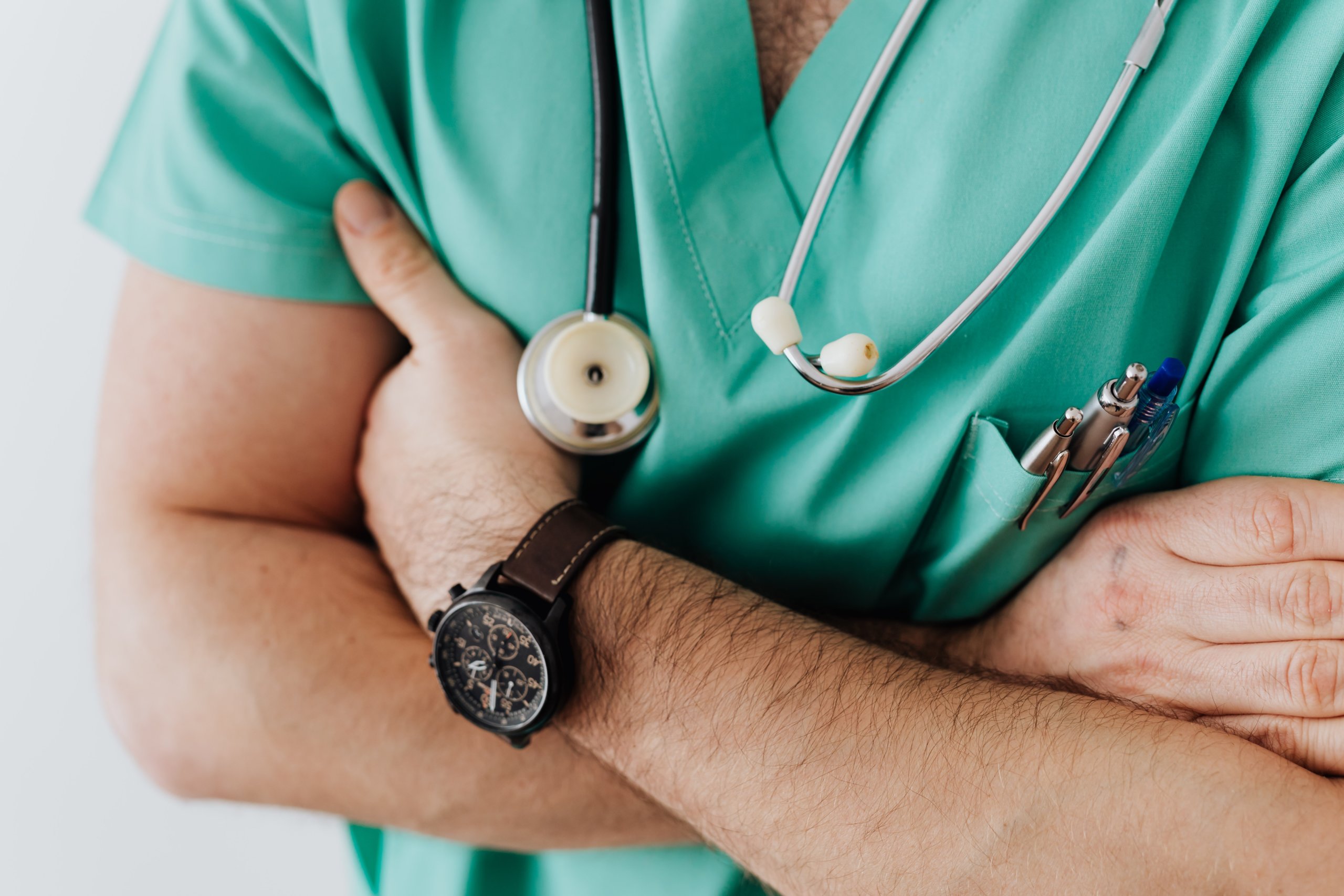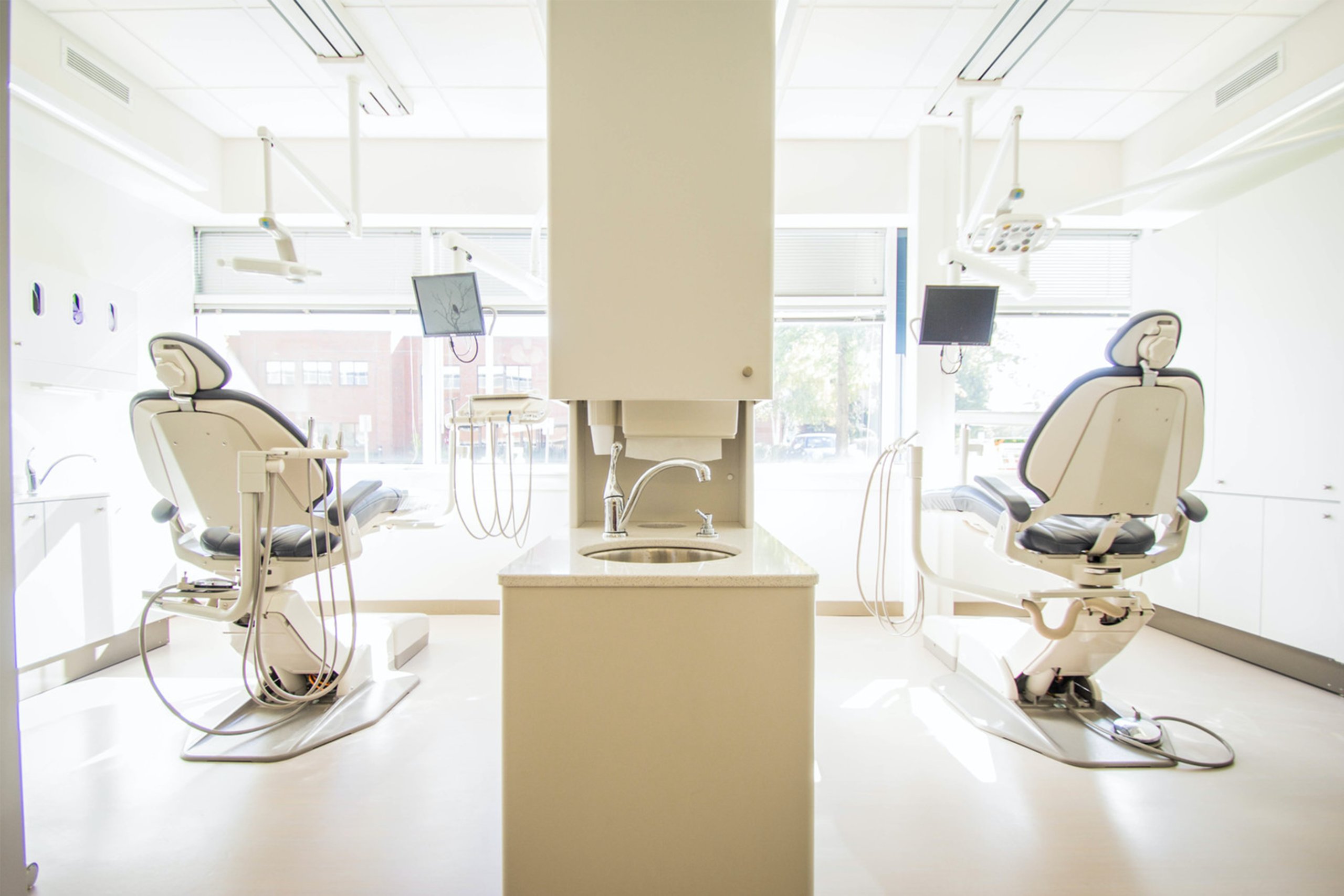
It’s undeniable that the development of the Internet of Things (IoT) has brought about some of the most exciting advancements of our time. But contrary to popular belief, IoT innovation isn’t constrained to manufacturing and logistics.
This disruptive technology has also had a profound effect on healthcare. Let’s take a look at some of the ways it’s reshaping the medical landscape.
Decreasing ER Wait Times
When you hear the words ’emergency room’, it’s normal to feel a sense of urgency. But if you’ve ever visited one yourself, you know that a trip to the ER can take hours—and a great chunk of this time is spent in the waiting room.

Mt. Sinai Medical Center in New York City realized this was an area in dire need of improvement. So they turned to IoT for a practical solution. The hospital facility partnered with GE Healthcare and AutoBed, an IoT bed-tracking software, to track the occupancy of 1,200 units.
By taking 15 different factors into account, this new system was better able to assess each individual patient’s needs. As a result, Mt. Sinai was able to reduce wait times for those in need of inpatient care by a colossal 50%. We can’t wait to see the benefits that this type of smart resource management brings to other medical institutions.
Remote Health Monitoring Is Revamping Your Doctor Visits
Thanks to remote health monitoring, a trip to the doctor is no longer a must when it comes to managing maladies. Telehealth is making medical consultations more accessible to all. But perhaps nobody feels these changes more than rural America.
60 million Americans live in rural areas. Put another way, that’s 20% of the entire U.S. population. For this group of U.S. citizens, a trip to the doctor is quite inconvenient. And that’s putting it mildly. Unfortunately, this only becomes more complex when considering another statistic: 60% of Americans are afflicted with at least one chronic disease.
Chronic diseases range from autoimmune disorders to diabetes to heart disease. Those afflicted with a chronic illness often have to visit a hospital or clinic multiple times a month. Thankfully, IoT innovation is easing this burden tremendously by making leaps and bounds in remote health monitoring.
Telehealth enables patients to check in and consult their doctors from anywhere they want. At a glance, you’d think these meetings are relegated to conversation and inquiries. But with connected devices like wearables, physicians and patients can perform simple tests and measurements together. It’s even possible for patients to get real-time feedback from their doctors on these test results and update their care plans together accordingly.
This sounds like the stuff of sci-fi, but it’s already very much a reality. Recently, the University of Mississippi Medical Center piloted a remote monitoring program for Type II diabetes patients located in rural Mississippi. Essentially, all regularly scheduled appointments were conducted through telehealth and connected devices. The end result? The study participants saved themselves about 10,000 miles of travel—and none needed an emergency trip to a medical facility.
Other studies have shown remote patient monitoring to reduce all-cause mortalities by a substantial 20%. It’s clear that this emerging paradigm has immense potential to save lives, time, and money.
Making Asset Management Seamless
Each medical facility is a live ecosystem consisting of millions of moving parts. In fact, the list of assets to manage becomes endless when you consider, equipment, technology, doctors, nurses, administrative staff, pharmacists, patients, visitors… you get the point.
Keeping an eye on each of these quickly becomes overwhelming—and costly. Every year, healthcare institutions lose millions of dollars from lost equipment alone. Enter IoT. With IoT-driven asset management, facilities can track every piece of equipment down to a meter of their exact location.

Besides this, an interconnected IoT system of RFID, Wi-Fi, Bluetooth Low Energy, and other connection paradigms allows hospital staff to extend the lifespan of their equipment through unprecedented tracking capabilities. Certain types of equipment often make the difference between life and death for many patients. For these devices, a proactive approach to deal with system failures, power outages, and other unexpected obstacles is much needed.
With IoT, hospital staff can track the frequency of use and understand when it’s time for a maintenance check-up or repair long before the devices actually need them.
The same technology can also be applied to people. It’s no secret that hospitals can resemble endless labyrinths to outsiders. With embedded sensors in accessories like staff badges and wristbands, each medical facility can obtain a high-level overview of the flow of people in every part of the building. This is enabling hospitals to take care of workflow blockages faster, focus on core tasks, and solve any undesirable surprises much more efficiently.
Microscopic Drug Management
Taking another page from sci-fi, IoT is also transforming drug management with microscopic sensors. Medication adherence is one of the biggest problems plaguing modern medicine. Several IoT innovators are already tackling this issue with smart prescription pill bottle caps that alert you when it’s time to take your pills. But others are taking it a step further.
Some pills now contain a microscopic sensor that’s no bigger than a grain of rice. When ingested, these sensors can send a signal to an external device (usually a patch worn on the body or a smartphone) that the proper dosage has been taken.
Currently, this is revolutionizing medication habits. But it won’t be long before these sensors become more sophisticated and can give physicians and patients a deeper understanding of how their treatment plans are solving their issues.
Improving Healthcare Through Innovation
IoT in healthcare has already ushered in a better way for each of us to live healthier lives. But this is really just the beginning
This technology’s potential is limitless. And while it may be mostly used by tech-driven hospitals and other forward-thinking facilities, it won’t be long before it spreads to every institution around the planet.
What IoT applications in healthcare are you excited to see? What areas of medicine do you think could really benefit from using this connected technology? Let us know in the comments!





